The History of the ETA 2824, the Workhorse Calibre that Shaped the Industry
A tale of ingenuity and enduring impact.
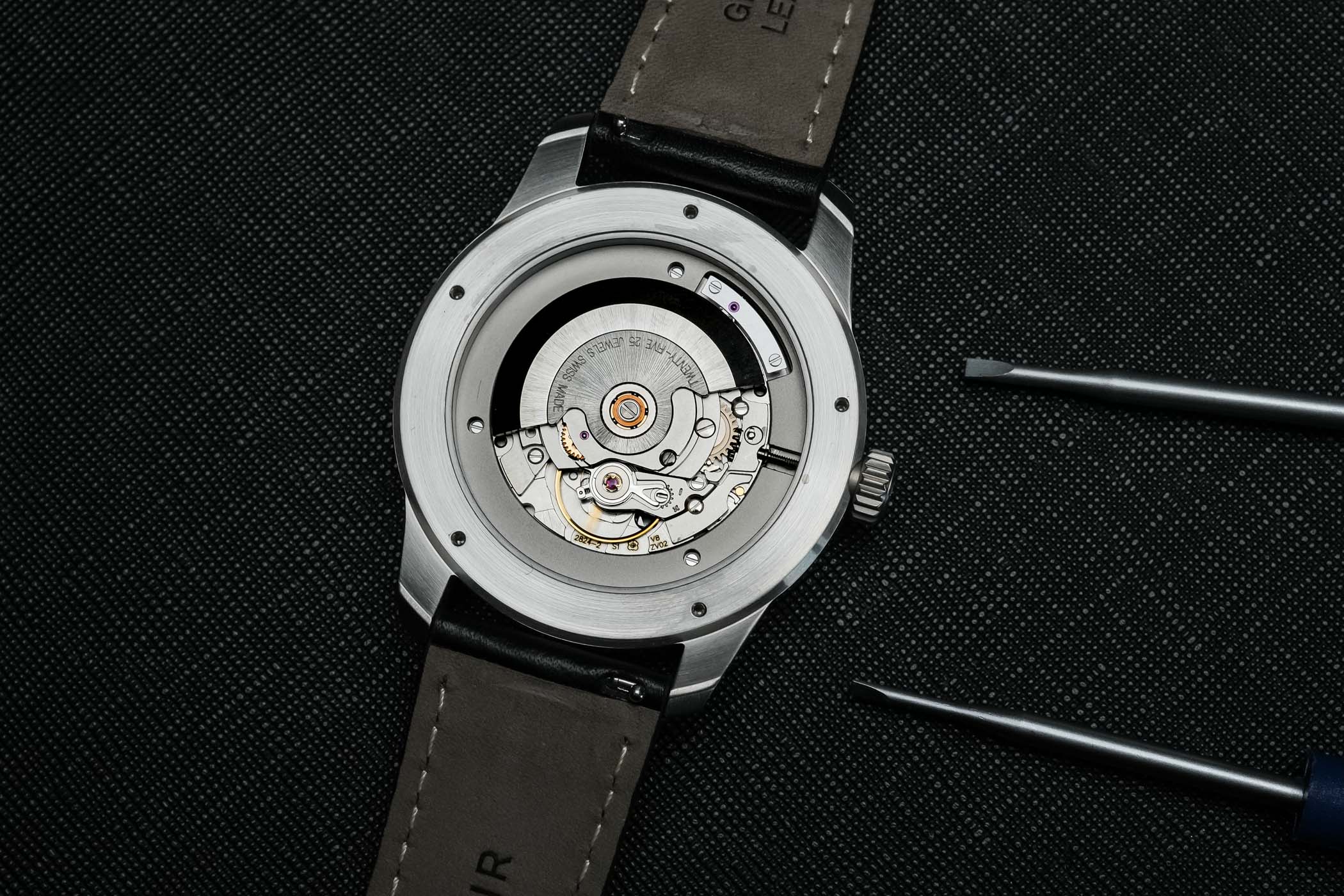
The ETA 2824 movement was a groundbreaking invention that left a lasting impact on the watchmaking industry. Introduced in the 1970s, the ETA 2824 quickly set the standard with its efficient mass production and reliable performance. It retained its popularity for over fifty years until the circumstances and demand for innovation led to the creation of the Powermatic 80, a movement designed to surpass the 2824-2 and uphold ETA’s legacy of excellence in the ever-evolving industrial process. Below is a summary of ETA 2824’s life, and it continues our series on mass-produced workhorse calibres that we started with the Valjoux 7750.
Born to live strong
In the stories about the birth and origins of one of the most common watch calibres, the ETA 2824, which preceded the 2824-1 and 2824-2, I’ve encountered opinions mentioning Eterna’s 1955 calibre 1247 as a distant relative; some mentioned the Eterna-Matic, introduced in 1948, as a predecessor. Compared with the ETA/Valjoux 7750, the first years of ETA 2824 were not dramatic at all, and to make the story of its entrance sound a bit more exciting, some go as far as citing Abraham-Louis Perrelet, Hubert Sarton, Abraham-Louis Breguet and John Harwood as influences that led to the 2824 creation – names that have all been mentioned in our article looking at the history of the automatic watch. As much as I like a good history lesson, the case of ETA 2824 became much more exciting after it was launched.

As for the inspiration, the Eterna 1427, the company’s third-generation central-rotor automatic movement, produced in the 1950s and 1960s, seems to be a widely accepted “muse” for the unsung movement design and engineering heroes of ETA 2824 – though I could not find an original reference, reportedly Anton Bally, director of ETA from 1985 to 2004, mentioned Edwin Jacob as the movement’s designer – hats off to Edwin.
ETA 2824 was introduced in 1971, when, with quartz’s advent and growing popularity, the future for mechanical watches could have looked brighter, and the industry was looking to counter the competition with very inexpensive mechanical watches. ETA used all the experience acquired years before to develop an engine intended not to impress, like some of ETA’s earlier record-breaking movements, but to optimise production costs as much as possible. A seemingly humble beginning quickly transformed into a tale of ingenuity and enduring impact – the 2824 calibre had a moderate size and foolproof reliability, delivering enough torque to power all kinds of additional modules and functions; it is also known for its exceptional durability. The ETA 2824, particularly in its current iteration, the ETA 2824-2, with proper maintenance according to suggested service intervals, can last a lifetime.
Construction, generations and grades
The 2824-2 version has been produced in large quantities since 1982, succeeding the second-generation 2824-1, which was in production from 1979 to 1982. It has continued to evolve, with notable differences across its three generations, particularly in the jewel count – 17, 21, and 25. However, higher-grade versions of the first-generation ETA 2824 can be found with either 21 or 25 jewels. Additionally, there are differences in the keyless works and winding stem configuration.
A characteristic feature of the 2824 movement is its rotor, which is secured by a single central screw to the barrel bridge, with the crown and ratchet wheels positioned above it. The automatic unit sits atop the movement, and the automatic winding system includes two reversing wheels. All wheels are of substantial size, including the diameter balance wheel positioned at 12 o’clock (with a clockwise balance cock) – the 2824’s 38-hour typical power reserve is slightly less than similar movements with comparable mainspring barrels, such as the ETA 2892, thanks in part to the balance wheel’s size, which creates more inertia.
The ETA 2824-2 measures 25.6mm (now an industry standard) in diameter and 4.6mm thick. It provides central hours, minutes, and seconds (hacking), along with a date complication with a quick set feature, and the date window can be positioned at different locations on the dial per the maker’s wish. With its Etachron regulator, the ETA 2824-2 beats at a frequency of 28,800 vibrations/hour. The ETA 2824-2 is equipped with a ball-bearing bi-directional winding rotor. Once fully wound, it has 38 to 42 hours of autonomy. The 2824-2 is built with 25 jewels and uses the Novodiac (or Incabloc) anti-shock system.
ETA 2824-2 comes in various grades that differ in accuracy, quality of the components, finish (rhodium or nickel) and decoration: standard, elaborated, top, and chronometer. The standard ETA 2824-2 is adjusted in two positions and comes with a Nivarox hairspring, a nickel-plated balance wheel, and polyruby pallet jewels. It has an accuracy rate of +/- 12 to 30 seconds daily. On the other hand, the elaborated ETA 2824-2 uses the same components as the standard grade yet is adjusted in three positions, giving it a precision rate of +/- 7 to 20 seconds per day.
The top grade is adjusted in five positions, has an Anachron hairspring, a Glucydur balance spring, an Incabloc anti-shock device, and red ruby pallet jewels and displays an accuracy rate of +/- 4 to 15 seconds per day. The chronometer-rated ETA 2824-2 meets the standards of the COSC, which is +6/-4 seconds per day.
The offsprings
The ETA 2824 is part of a movement series that has spawned over fifty variations. The calibre itself was used as a base to create the manually wound 2804 and the no-date version, the 2805, the automatic 2826 with a big date complication and the 2836 featuring an additional central day wheel. The 2824 was essential in creating the ETA C07.111, also known as the Powermatic 80.

Brands loved 2824 for being reliable and versatile. TAG Heuer used the ETA 2824 under the name Calibre 5, which is found in TAG’s Carrera and Aquaracer references. In the past, Tudor equipped its Heritage Black Bay and other watches with the 2824-2 base movements, and so did Breitling – the Calibre B17 with a 2824-2 base, has powered Navitimer, Superocean, Avenger and Colt series, to name a few, for there are too many to list. While most of the time, the 2824 drives classic-looking watches, some brands with a penchant for a non-conventional time indication looked to 2824 to power up specially created modules.

Reservoir used it as a base to equip it with the 124-part Télôs-designed module to make the RES.124 movement with a retrograde minutes hand and a jumping hour indication. Ressence’s Orbital Convex System (ROCS) module is driven by the minute axle of a customised 2824-2 base calibre, used in the brand’s Type 1, Type 3, and Type 5 collections of the brand is known for its signature dial, with traditional hands replaced by a complex yet intuitive system of turning discs. And we can name dozens of other watches and complex movements that have once been based on the ultra-simple, ultra-reliable architecture of the 2824…

However, since 2022, only proprietary versions of the 2824-2 for Swatch Group companies remain in production. Like the rest of the ETA’s Mecaline series, it is officially listed as phased out by the manufacturer, forcing companies to switch to available ETA alternatives. Which brings us to the next chapters of the 2824 story: the clones and ETA’s famous replacement for the 2824-2, the Powermatic 80.
The Clone Wars
A clone is a movement designed based on the original – in this case, the ETA 2824-2. While its designs were patented, utility patents expire after 20 years. Since the ETA 2824-2 was introduced in 1982, its patents expired in 2002, allowing for deconstruction (reverse engineering) and production of movements based on the original design from that point onward.
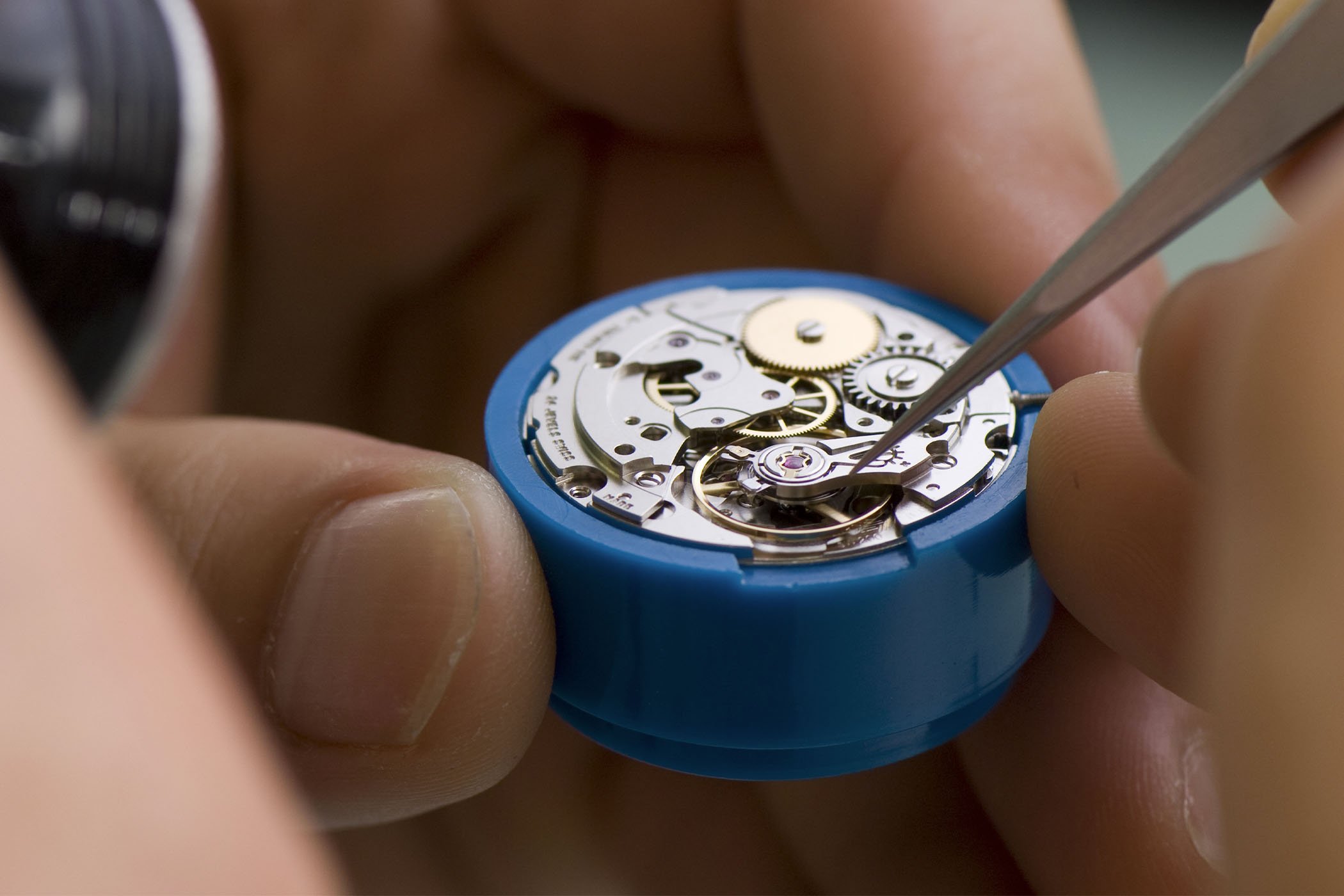
In 2002, Nicolas G. Hayek, the legendary CEO of Swatch Group, announced the group’s intention to stop supplying ébauches to companies outside the group. This decision led to legal battles and spurred companies to create clones to fill the market need for reliable workhorse calibres. This, in turn, accelerated Swatch Group’s efforts to develop a superior alternative to its ETA 2824-2.

The ETA 2824-2 clones emerged quickly, with the Sellita SW200 series being one of the most well-known examples, introduced in 2007. In 2008, the STP1-11 by Swiss Technology Production entered the market, followed by the VAL24 by Valanvron. These movements are believed to have initially used the Chinese-made Seagull ST2130 ébauche, another 2824-2 clone, but were legally considered Swiss-made due to significant work and finishing performed in Switzerland.

Soprod makes its P024, and Landeron Swiss Movements, another Swiss company (with acquired rights to a historical Landeron name), offers its 2824-2 clone as calibre L24. This movement is assembled from components crafted in-house and supplied by Swiss manufacturers, with assurances that Landeron does not source components from Chinese factories, the same as Soprod.
Chinese manufacturers, in addition to Seagull, also introduced ETA 2824-2 clones, including the Hangzhou 6301, H.K. Precision Technology PT5000, and Liaoning Peacock SL-3000/CL3000. In the United States, Ginault assembles and finishes its calibre 7275 movement, sourcing mainspring, hairspring and jewels from Switzerland and other components from China and other countries while claiming to perform a significant amount of work domestically.

The Sellita SW200 family, particularly the SW200-1, has long been a watchmaker’s favourite. Many brands have used it as a base for their time and date calibres, often replacing ETA movements, adding modules, and enhancing decoration. This preference stems from its precision, reliability, robustness, and versatility, mirroring the qualities of its inspiration.

A distinctive feature of the Sellita SW200 design is an extra jewel between the barrel and ratchet wheel. This technical addition primarily differentiates it from other movements, notably the ETA 2824-2 – which has 25 jewels – and all 25-jewelled clones. In 2008, Sellita improved the SW200 by modifying the tooth profile of three wheels in the winding system. These changes made the movements more resistant to shocks and wear, resulting in the updated SW200-1.
Powermatic 80, the superior alternative, Swatch Group exclusive
In the 2000s, the ETA 2824-2 movement, the cornerstone of the ETA brand, widely used by the industry and, naturally, Swatch Group brands, needed improvement. Resting on laurels was no longer possible – the unimpressive power reserve was one obvious point, and the patent’s expiration was a much more pressing issue. Swatch Group, with a push for a new movement from mid-price segment brands within the conglomerate – Tissot, Certina, Mido and Hamilton – set on to develop a more advanced and efficient movement.
Naturally, ETA was tasked with leading the development of a calibre that would outperform 2824-2, making it obsolete. In 2011, the ETA calibre C07.111, also known as the Powermatic 80, was introduced. Based on the 2824-2, with every component re-evaluated and improved where possible, the Powermatic is fully compatible yet features several significant improvements and is a much better movement altogether.
The Powermatic 80 offers 80 hours of autonomy, an increase from the predecessor’s 38 hours, achieved through an improved spring barrel and a new and more efficient construction concept. Plus, modern manufacturing processes have allowed the movement’s frequency to be reduced to 21,600 vibrations/hour from 28,800 without compromising accuracy. The lower beat rate also contributes to the extended power reserve while enhancing the versatility of the base movement, allowing it to support more complications.
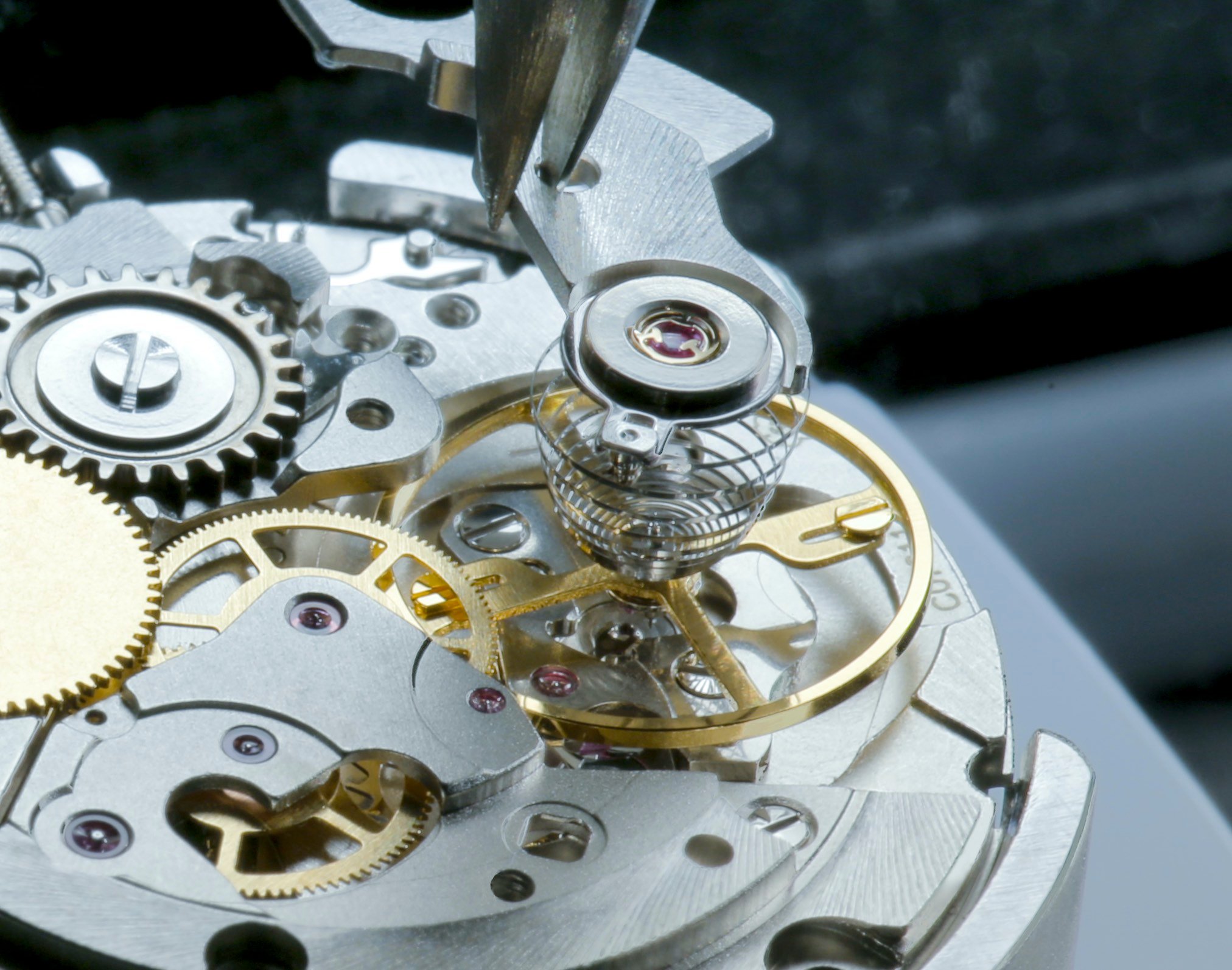
ETA looked to improve the production process (and cut costs) by eliminating the need for manual adjustments and came up with a design that allows for the direct and automatic production of the regulation group without manual intervention. The traditional escapement regulator has been replaced by a factory setting via laser, enhancing efficiency and precision. The entire regulating organ is installed as a single module, which also simplifies repairs.
The differences between the Powermatic 80 and the ETA 2824-2 extend even further – they are made from different materials, and the latest Powermatic calibres include a Nivachron or a silicon hairspring, enhancing the watch’s anti-magnetic properties. This demonstrates ETA’s ongoing commitment to improving this movement while maintaining a competitive edge on the technical front.
The ETA 2824 will continue to shape the watchmaking industry for years to come. While it’s not the only iconic mechanical movement in watchmaking history, its longevity and consistency are remarkable. Remaining virtually unchanged and in production for over fifty years, the ETA 2824 paved the way for the more advanced Powermatic 80. Though it may no longer be produced, millions of watches around the world still rely on the ETA 2824, ticking away reliably with no plans of retiring anytime soon. Isn’t that a delight?

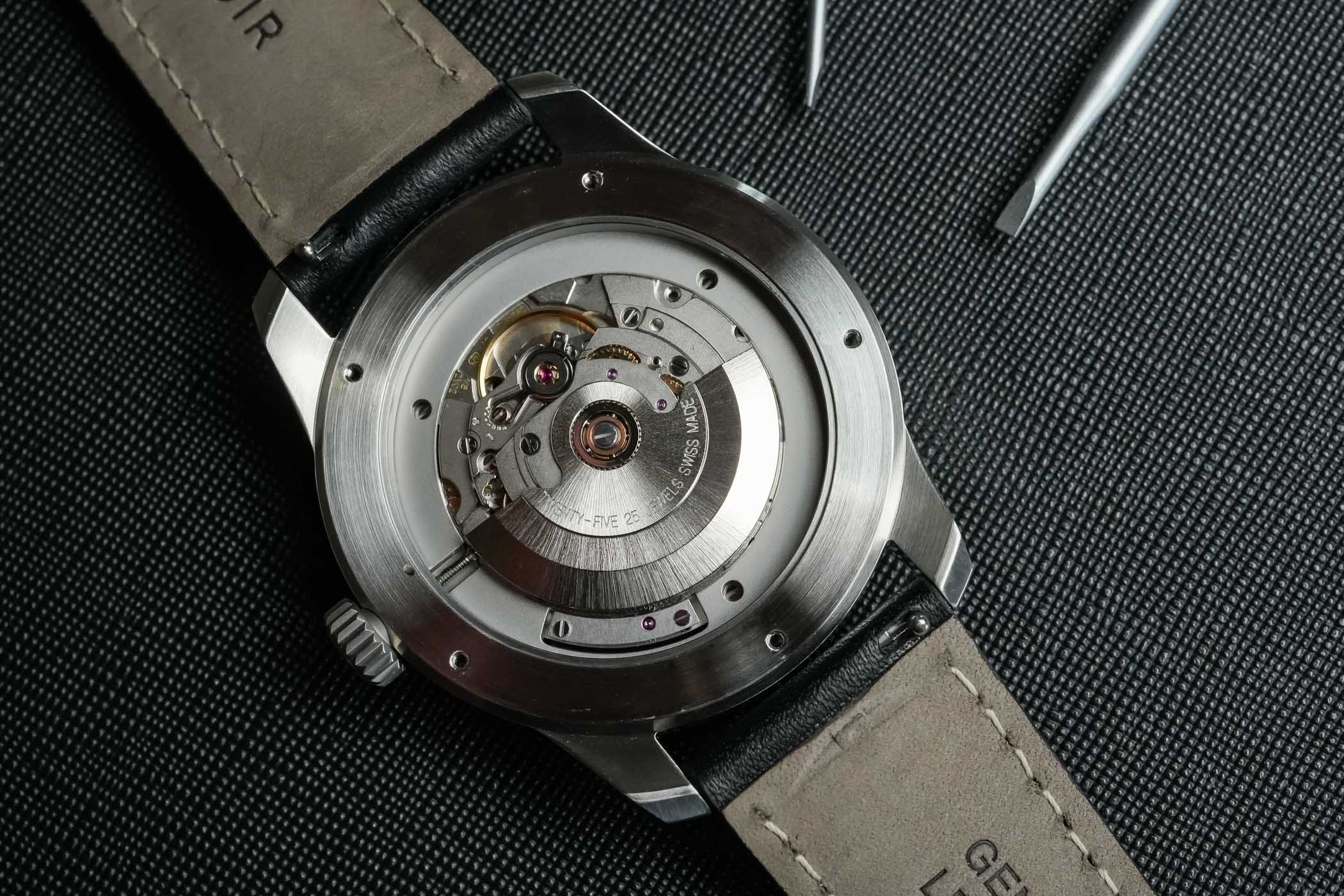

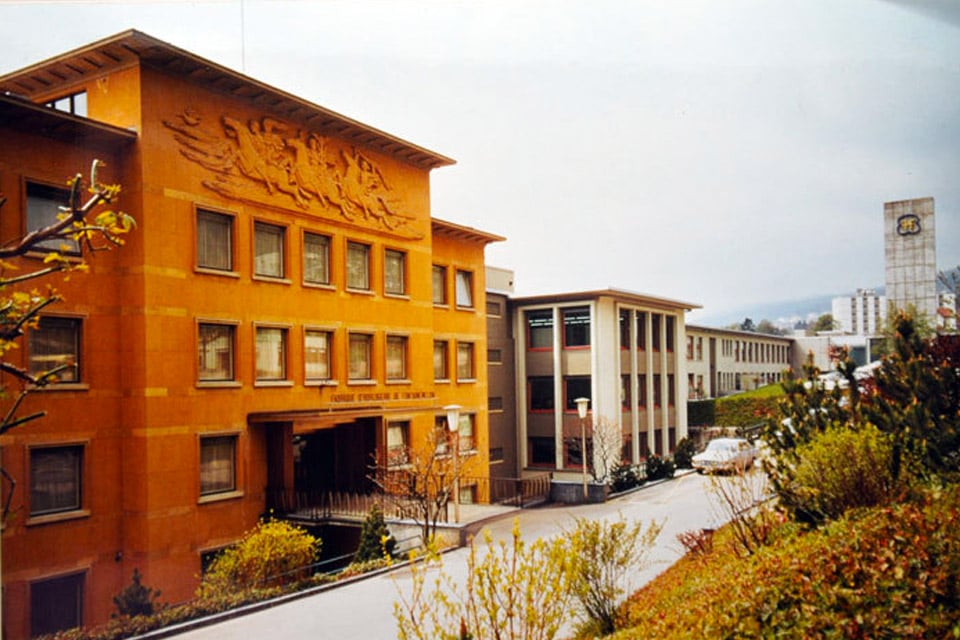



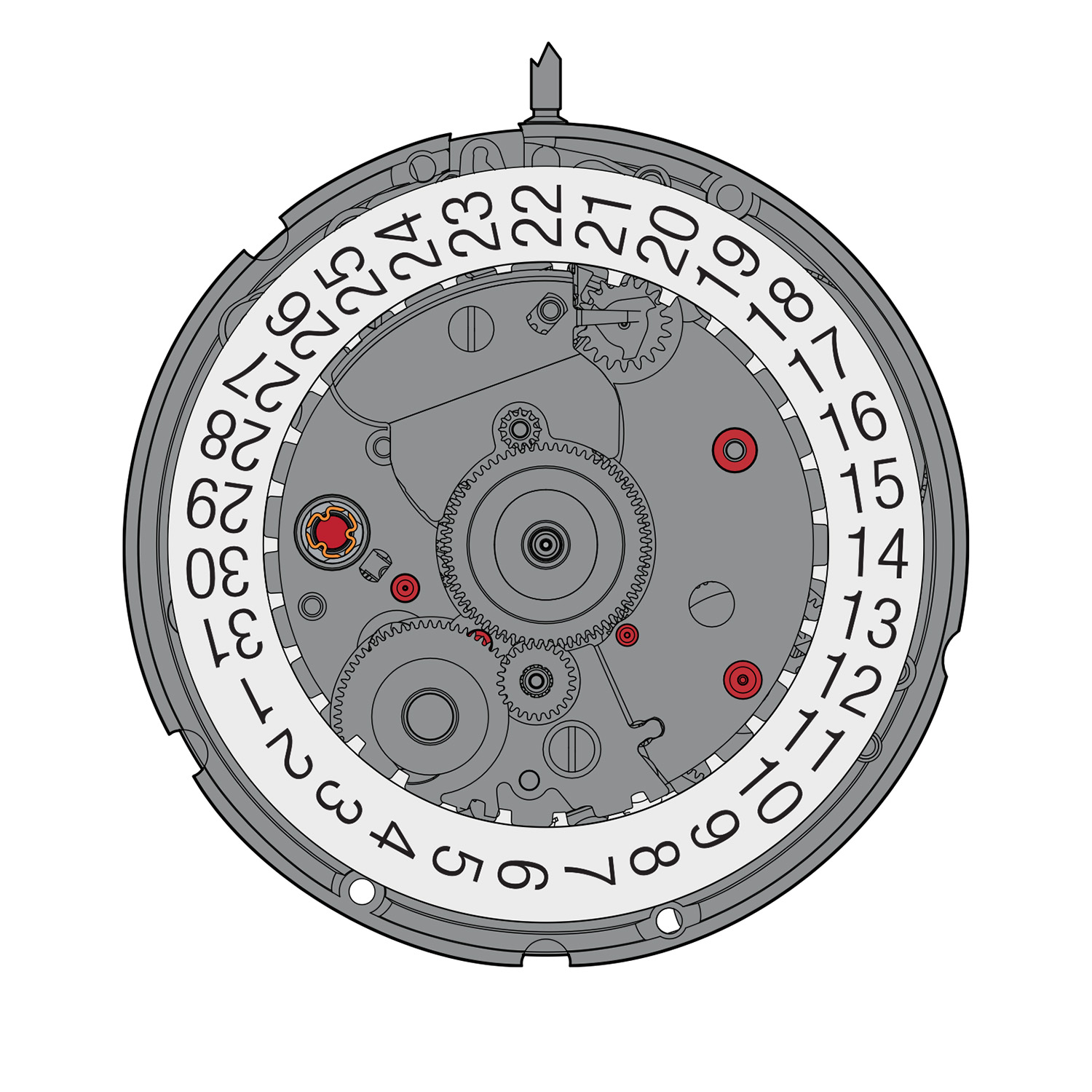
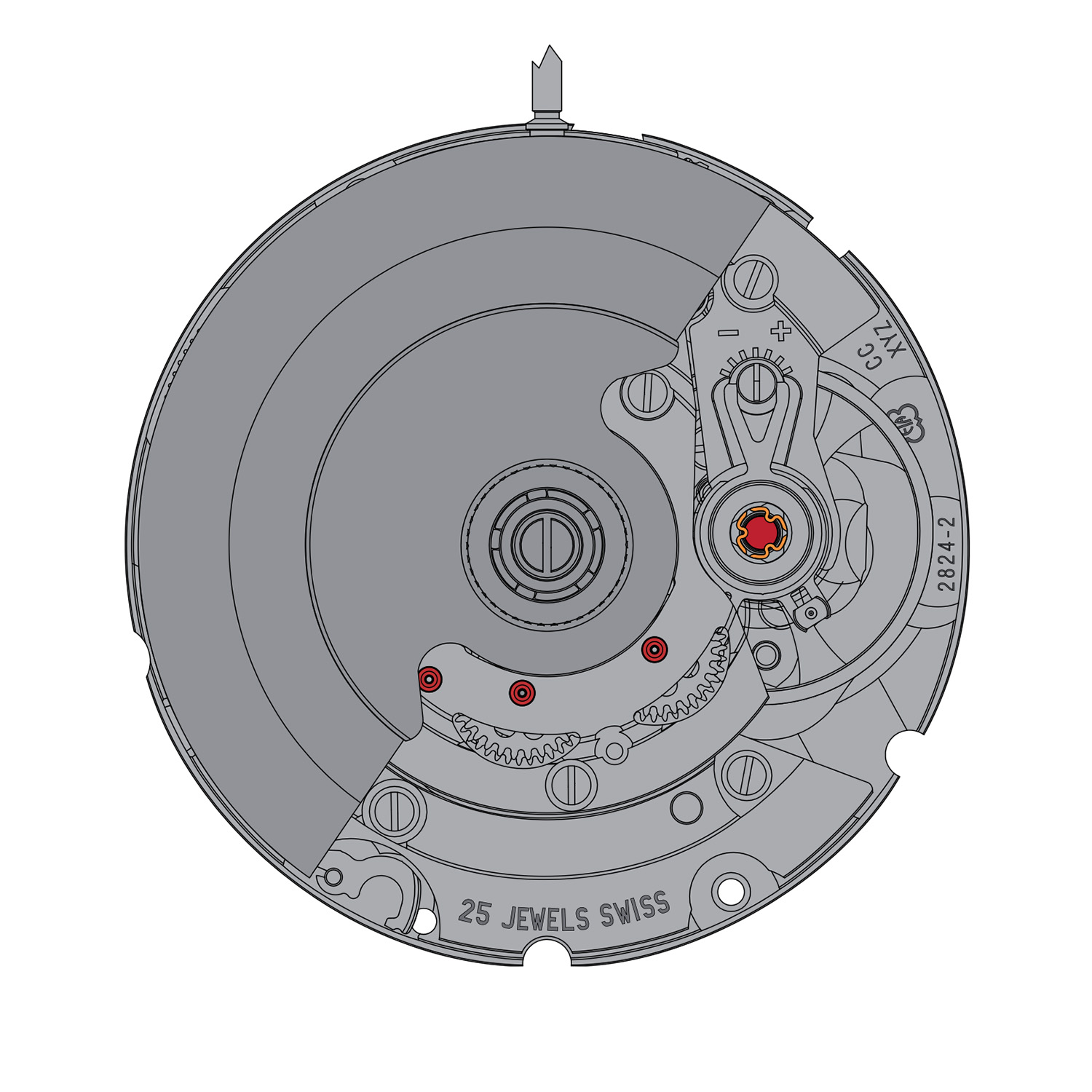

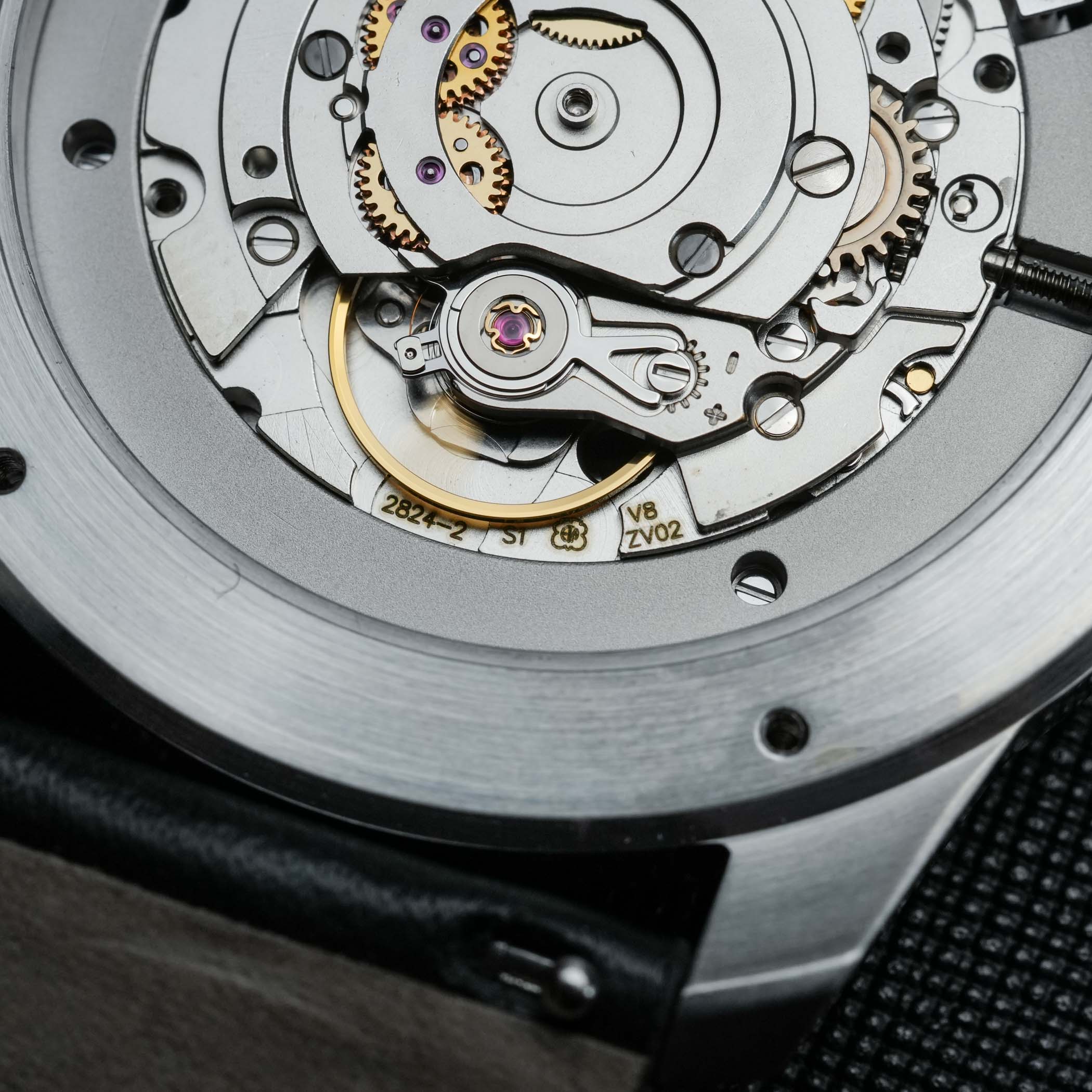
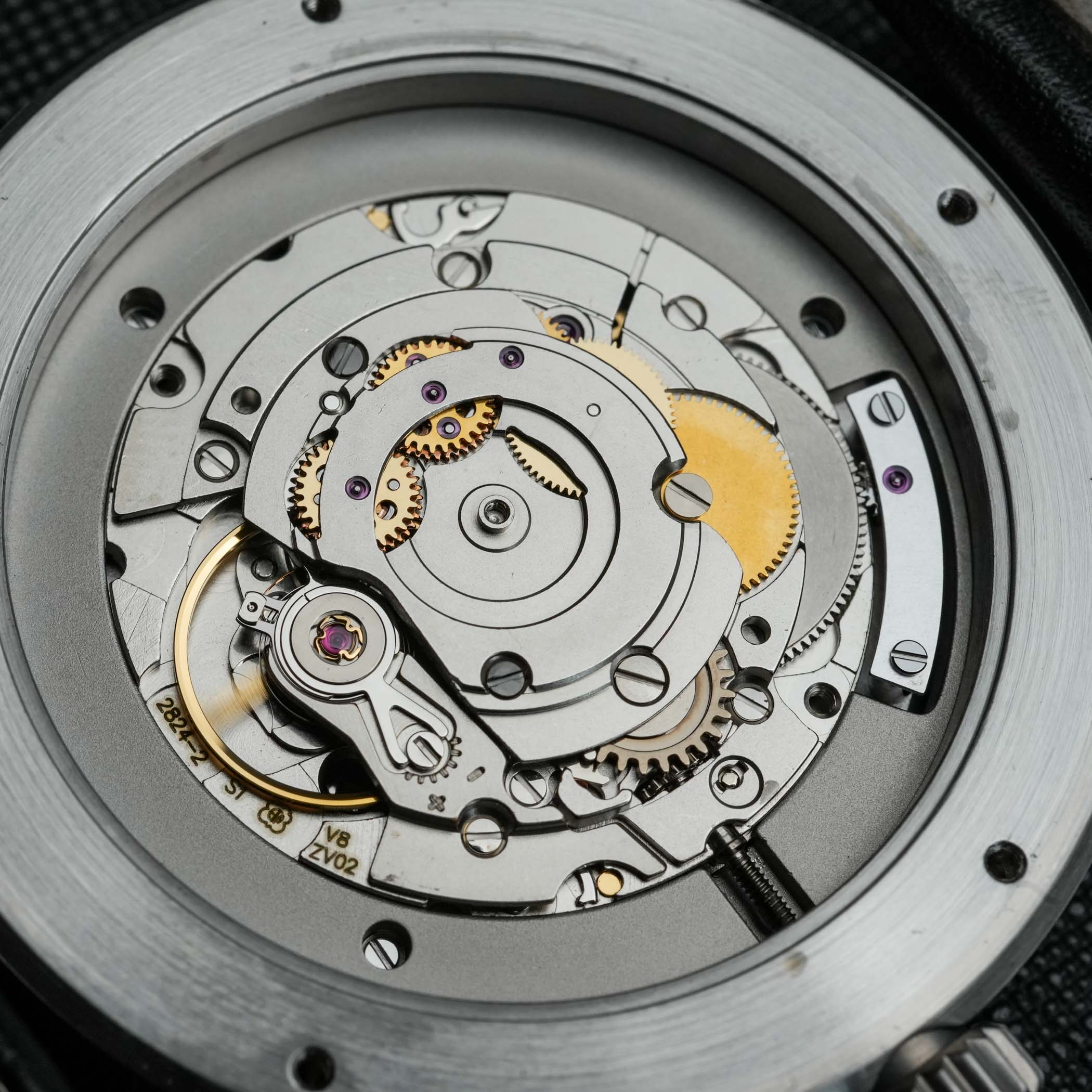


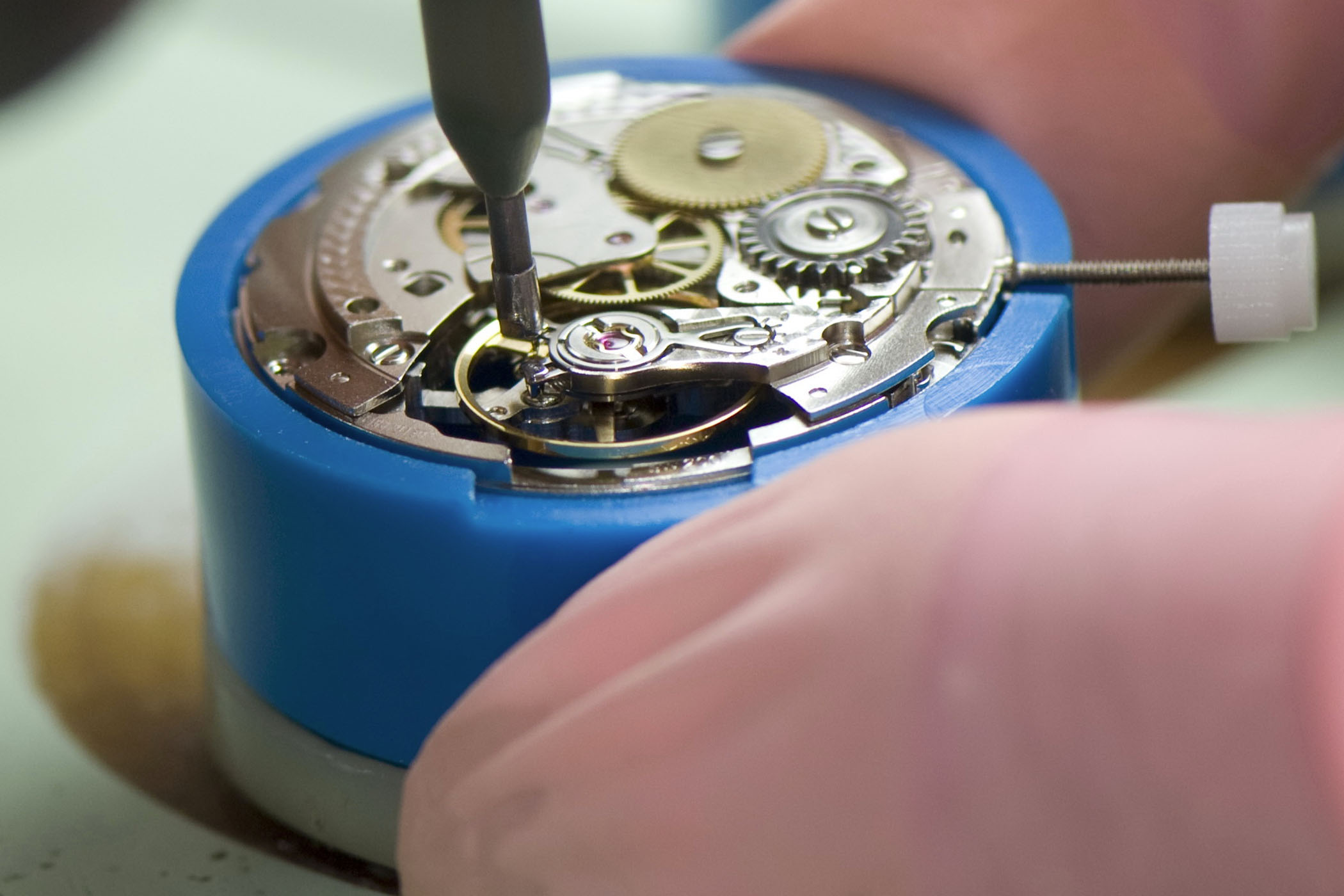
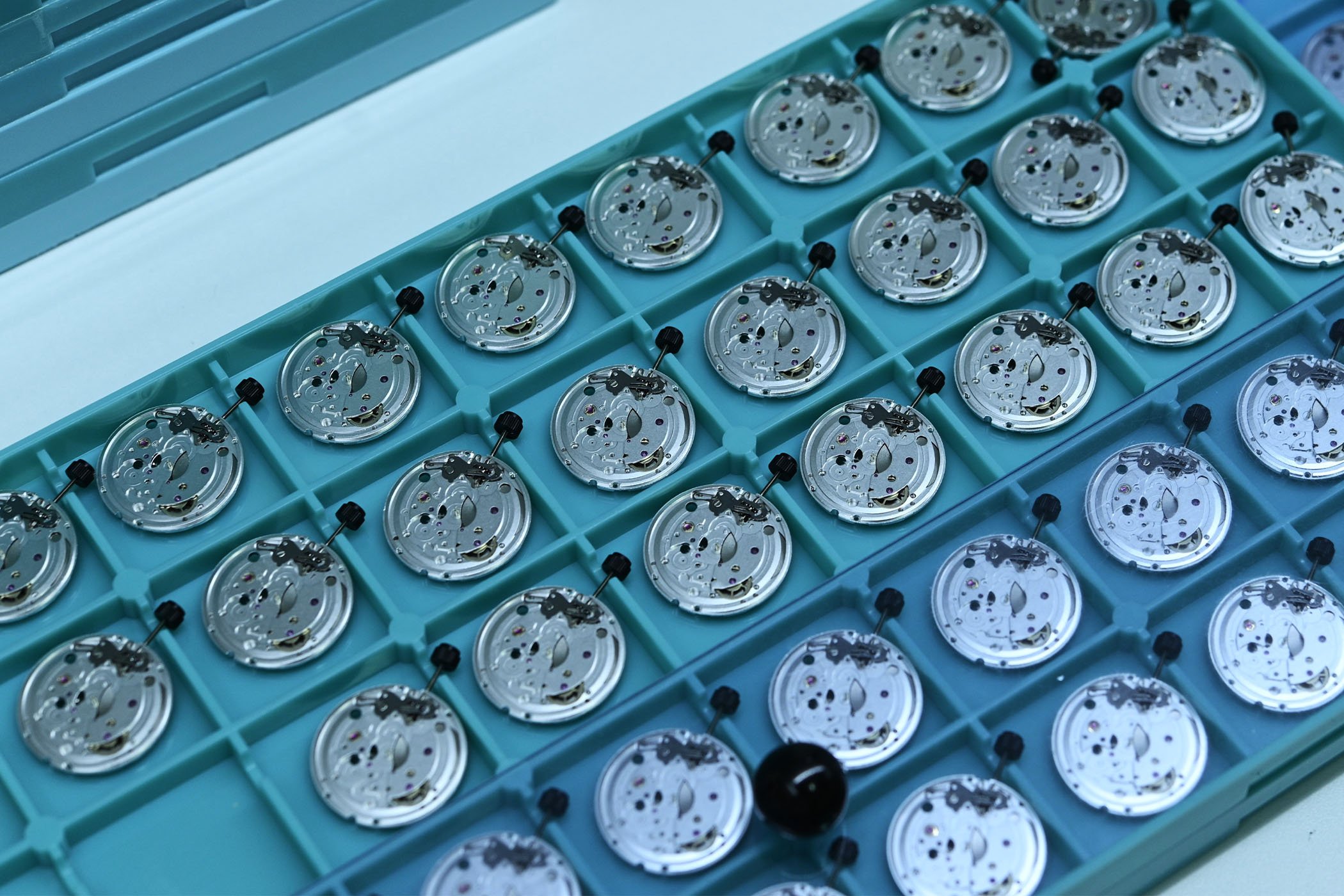
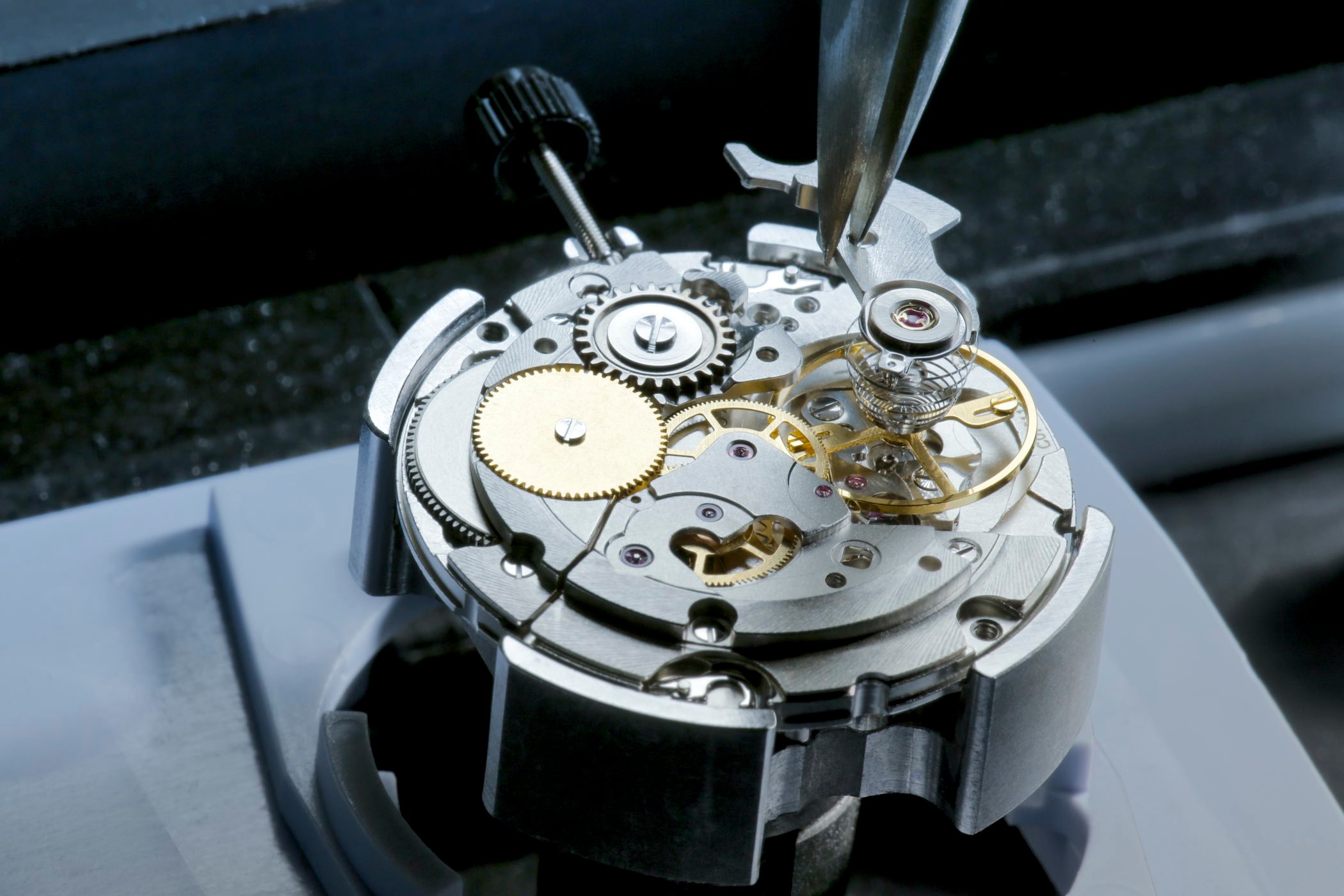
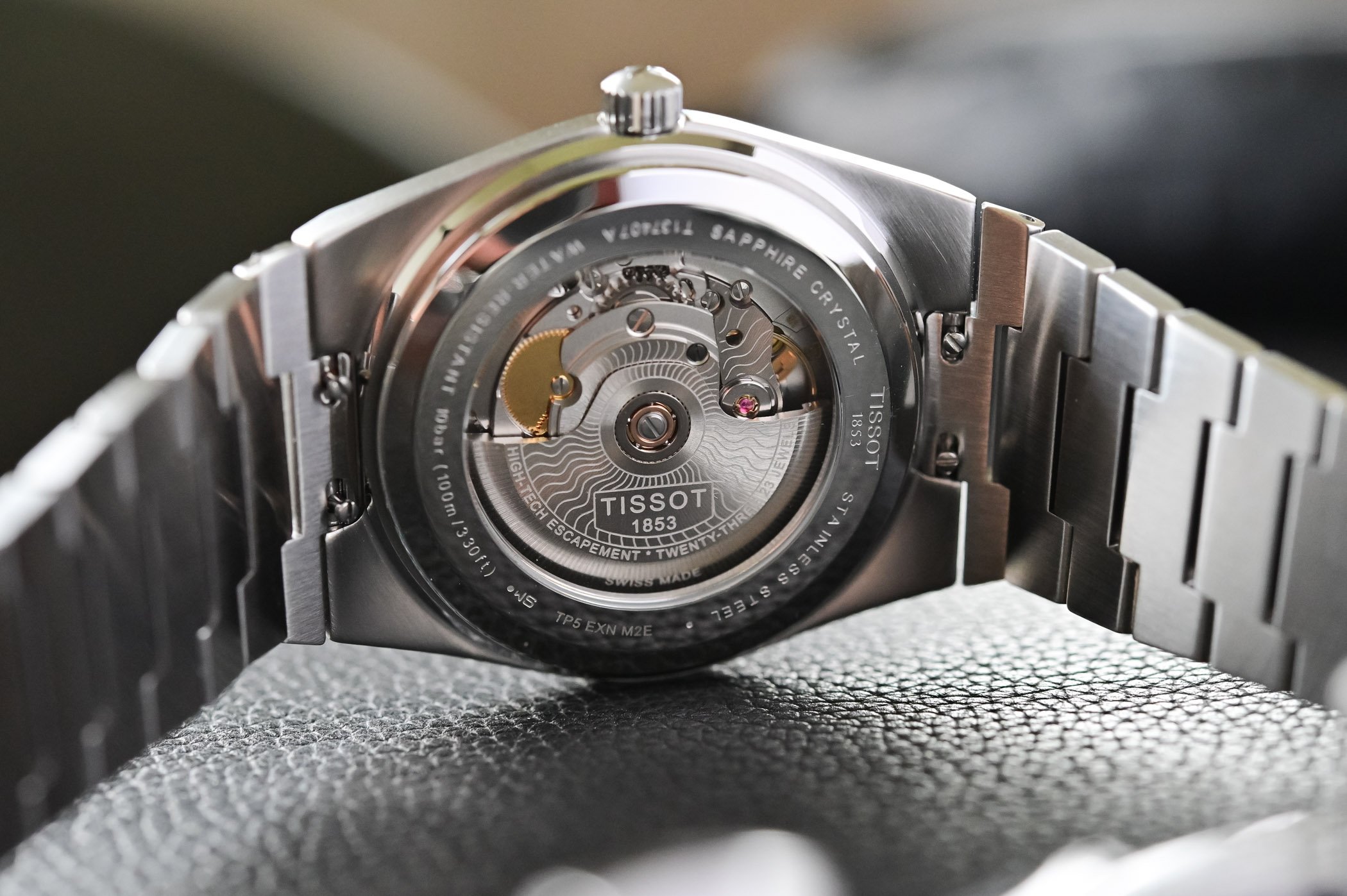
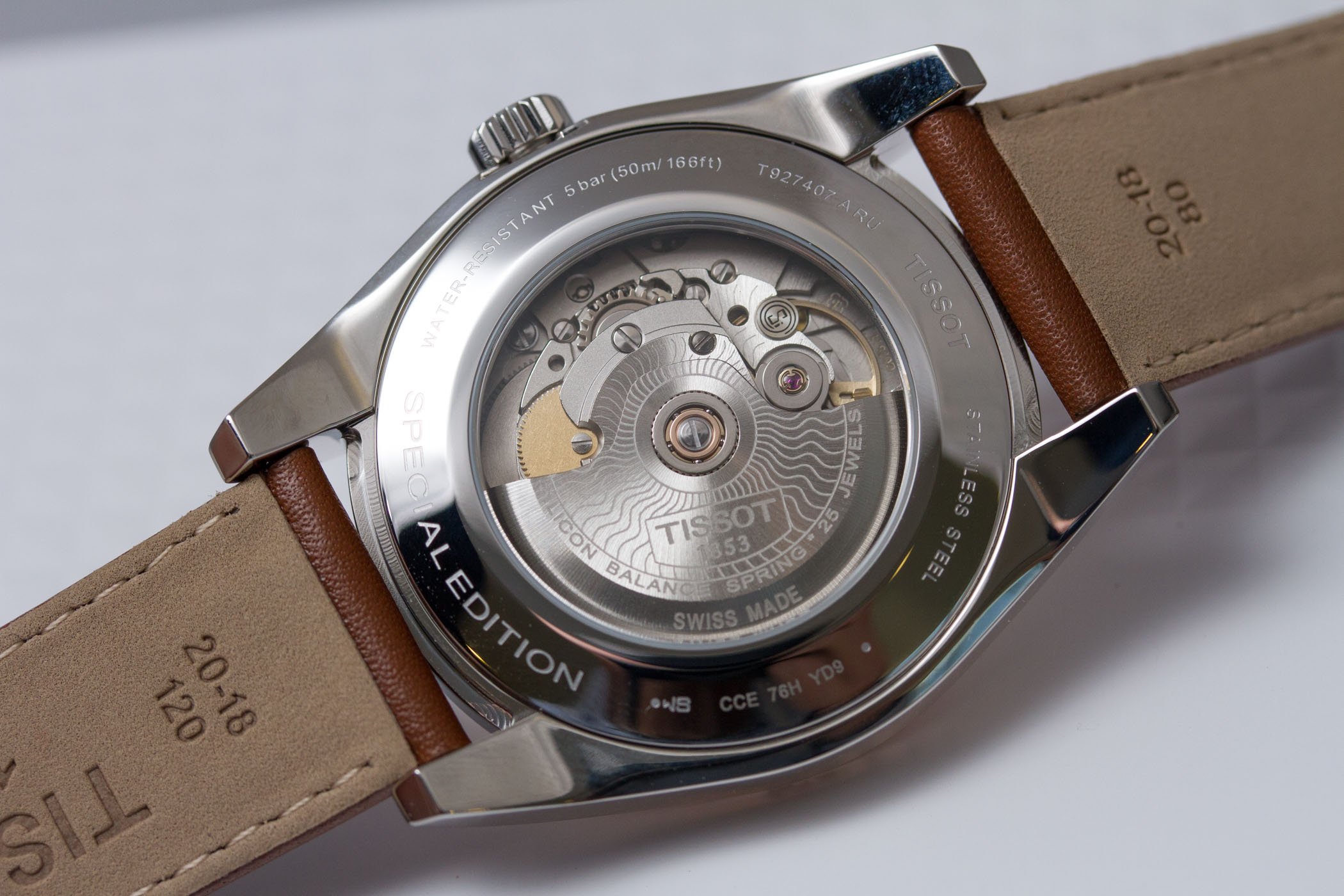

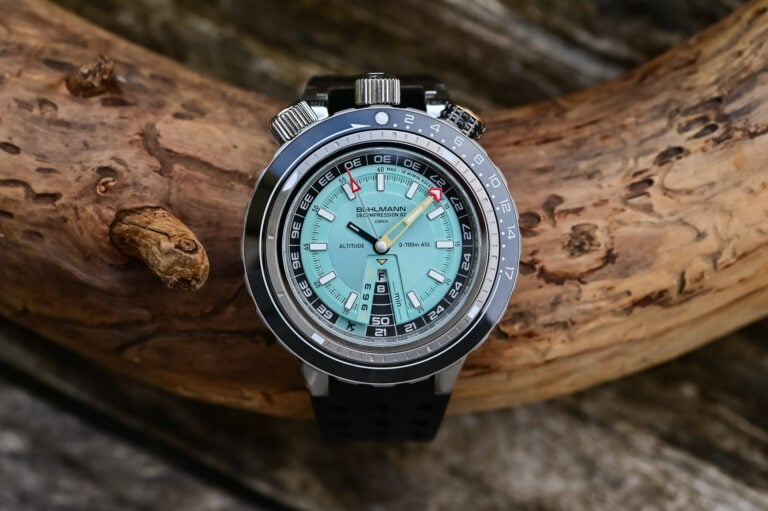
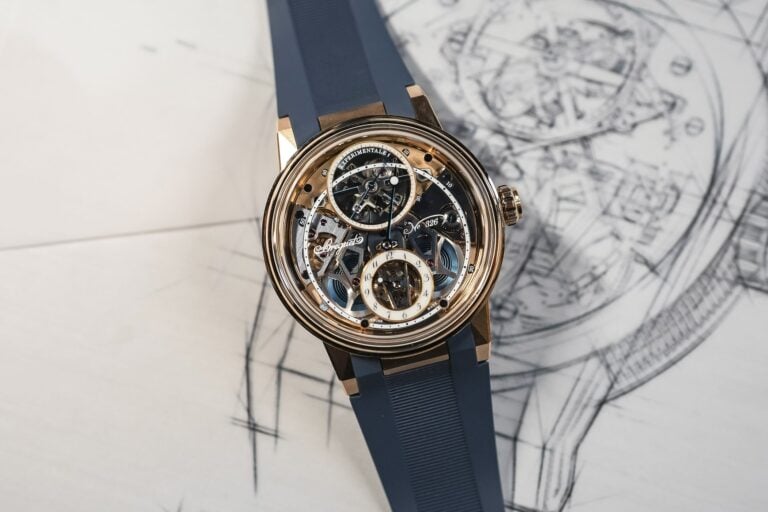
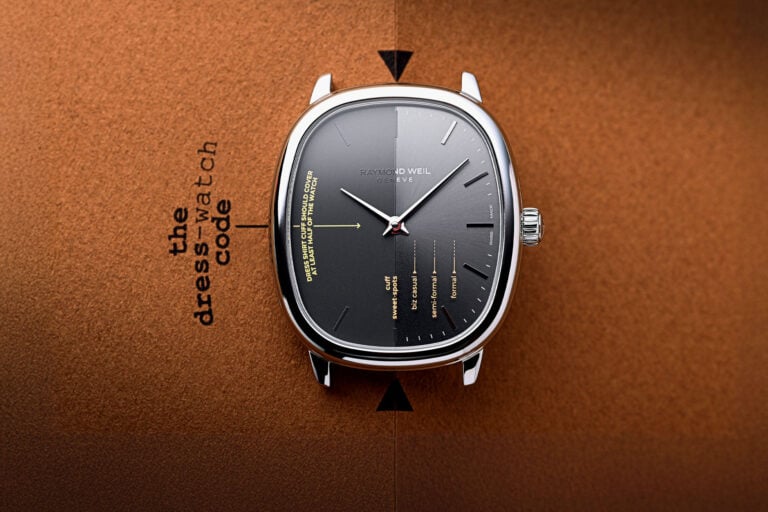
9 responses
Great article! I really dig this series, which movement is next?
Thank you for this article. However, it begs the question; if the Powermatic 80 is that much of an improvement, why then is it only being used in the lower priced swatch brands and not in the higher priced brands? And why, for example, is Longines using the older eta models as the base for its modified movements rather then a Powermatic 80 base?
Very interesting, great content, thanks for this article!
Interesting piece
This talk of patents. What are their numbers? Or is the author merely assuming they exist?
@BG – We have some articles about the 2892, the Unitas, the Peseux and a few more in the making 🙂
The Powermatic 80, for whatever they manage to squeeze out of it, is not superior to an ETA 2824. The movement that’s superior to an ETA 2824 is an ETA 289x. 🙂
The powermatic is a cost cutting and automisation effort that has been polished to look snazzy, but in reality it’s throwaway tech.
@J. Quincy Magoo
Powermatic 80 is 2824 upgrade version. and longines brand use 2892 upgrade version in a similar way 🙂
Where exactly does the thickness come from as compared to the 2892?